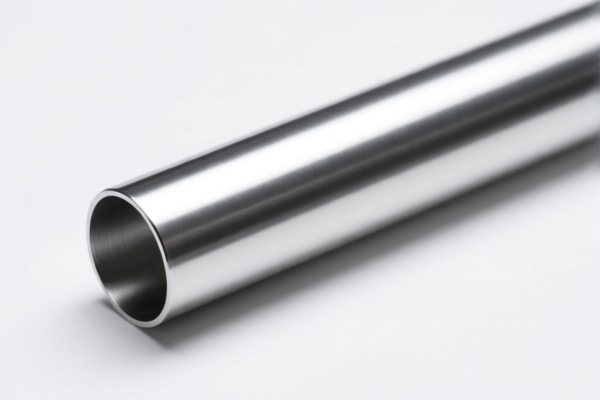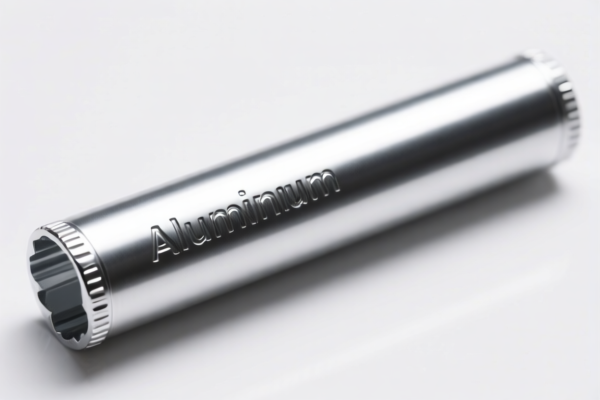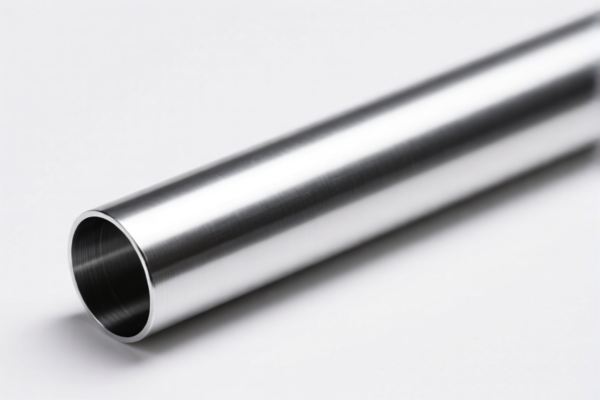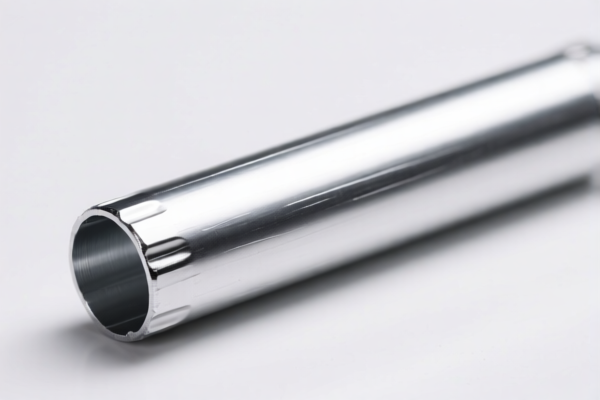| HS Code | Official Doc | Tariff Rate | Origin | Destination | Effective Date |
|---|---|---|---|---|---|
| 7224900005 | Doc | 30.0% | CN | US | 2025-05-12 |
| 7224900075 | Doc | 30.0% | CN | US | 2025-05-12 |
| 7225990010 | Doc | 30.0% | CN | US | 2025-05-12 |
| 7225990090 | Doc | 30.0% | CN | US | 2025-05-12 |
| 7601103000 | Doc | 32.6% | CN | US | 2025-05-12 |
| 7601203000 | Doc | 32.6% | CN | US | 2025-05-12 |
| 7602000035 | Doc | 55.0% | CN | US | 2025-05-12 |
| 7602000098 | Doc | 55.0% | CN | US | 2025-05-12 |
| 7326908688 | Doc | 82.9% | CN | US | 2025-05-12 |
| 7301201000 | Doc | 80.0% | CN | US | 2025-05-12 |




Aluminum Steel
Aluminum steel, more commonly referred to as galvanized steel, is a steel alloy protected by a zinc coating. The zinc layer provides corrosion resistance, preventing rusting. While often called "aluminum steel" due to its silvery appearance, it is fundamentally carbon steel with a zinc protective layer, not an alloy of aluminum and steel.
Material Composition
- Base Metal: Typically carbon steel (various grades depending on application, e.g., mild steel, high-strength low-alloy steel).
- Coating: Zinc (Zn). The zinc content varies depending on the galvanizing process and desired level of protection.
Purpose & Function
The primary purpose of galvanizing steel is to prevent or slow down the corrosion of the underlying steel. Steel is prone to rust when exposed to moisture and oxygen. Zinc protects steel through two main mechanisms:
- Barrier Protection: The zinc coating physically isolates the steel from the environment.
- Sacrificial Protection (Galvanic Protection): Zinc is more electrochemically active than steel. If the coating is scratched or damaged, exposing the steel, the zinc will corrode before the steel, effectively sacrificing itself to protect the steel.
Usage Scenarios
Galvanized steel is widely used in a broad range of applications due to its durability and cost-effectiveness:
- Construction: Roofing, siding, gutters, downspouts, structural supports, handrails, fencing.
- Automotive: Body panels, chassis components, exhaust systems.
- Infrastructure: Bridges, guardrails, light poles, highway barriers.
- Manufacturing: Sheet metal products, containers, appliances, HVAC systems.
- Agriculture: Livestock fencing, farm buildings, irrigation systems.
- DIY/Home Improvement: Buckets, planters, hardware, fasteners.
Common Types of Galvanizing Processes
- Hot-Dip Galvanizing (HDG): Steel is submerged in a bath of molten zinc. Provides a thick, durable coating and excellent corrosion protection. Most common method for large structures and outdoor applications.
- Electrogalvanizing: Zinc is applied using an electrolytic process. Produces a thinner, smoother coating, often used for sheet metal and automotive parts.
- Galvannealing: A process combining hot-dip galvanizing with an annealing process. Creates a zinc-iron alloy coating that provides enhanced paint adhesion and formability.
- Zinc Spraying (Metallizing): Zinc is sprayed onto the steel surface. Useful for on-site applications and complex shapes.
Considerations
- Cost: Galvanized steel is generally more expensive than bare steel, but less expensive than stainless steel.
- Weldability: Welding galvanized steel can release hazardous fumes. Special techniques and ventilation are required.
- Paint Compatibility: Certain paints may not adhere well to galvanized steel and require a primer.
- Environmental Impact: Zinc is a relatively abundant metal, but proper disposal of zinc-coated materials is important.
The declared goods, “aluminum steel,” encompass both aluminum and steel materials, potentially in various forms. The following HS codes are relevant based on the provided information:
-
7224900005: Other alloy steel in ingots or other primary forms; semi-finished products of other alloy steel: Other Of high-nickel alloy steel. This code covers alloy steel, which may include high-nickel alloy steel in primary forms like ingots or semi-finished products.
- 72: Iron and steel.
- 24: Alloy steel.
- 90: Other alloy steel.
- 05: Specifically, high-nickel alloy steel.
-
7225990010: Flat-rolled products of other alloy steel, of a width of
600 mm or more: Other: Other Of high-nickel alloy steel. This code applies to flat-rolled steel products, specifically those made of high-nickel alloy steel and with a width of 600mm or more.- 72: Iron and steel.
- 25: Flat-rolled products.
- 99: Other.
- 01: Specifically, high-nickel alloy steel.
-
7601103000: Unwrought aluminum:
Aluminum, not alloyed: Of uniform cross section throughout its length, the least cross-sectional dimension of which is not greater than 9.5 mm , in coils. This code covers non-alloyed aluminum in unwrought form, specifically coils with a uniform cross-section and a dimension not exceeding 9.5mm.- 76: Aluminum and aluminum articles.
- 01: Unwrought aluminum.
- 10: Aluminum, not alloyed.
- 30: Of uniform cross section, ≤ 9.5mm, in coils.
-
7601203000: Unwrought aluminum:
Aluminum alloys: Of uniform cross section throughout its length, the least cross-sectional dimension of which is not greater than 9.5 mm, in coils. This code applies to aluminum alloys in unwrought form, specifically coils with a uniform cross-section and a dimension not exceeding 9.5mm. - 76: Aluminum and aluminum articles.
- 01: Unwrought aluminum.
- 20: Aluminum alloys.
- 30: Of uniform cross section, ≤ 9.5mm, in coils.
-
7602000035: Aluminum waste and scrap Recyclable beverage containers. This code covers aluminum waste and scrap specifically from recyclable beverage containers.
- 76: Aluminum and aluminum articles.
- 02: Waste and scrap.
- 00: Aluminum waste and scrap.
- 35: Recyclable beverage containers.
-
7602000098: Aluminum waste and scrap Other. This code applies to other forms of aluminum waste and scrap.
- 76: Aluminum and aluminum articles.
- 02: Waste and scrap.
- 00: Aluminum waste and scrap.
- 98: Other.
Regarding HS codes 7601103000 and 7601203000, the goods must be in coil form and have a uniform cross-section with a dimension not exceeding 9.5mm.
Regarding HS codes 7602000035 and 7602000098, it is important to determine whether the aluminum waste and scrap is from recyclable beverage containers or another source.
Please note that HS codes 7224900005, 7225990010, 7601103000, 7601203000, 7602000035 and 7602000098 all have a total tax rate of 30.0% or 55.0% depending on the specific code.
Customer Reviews
No reviews yet.